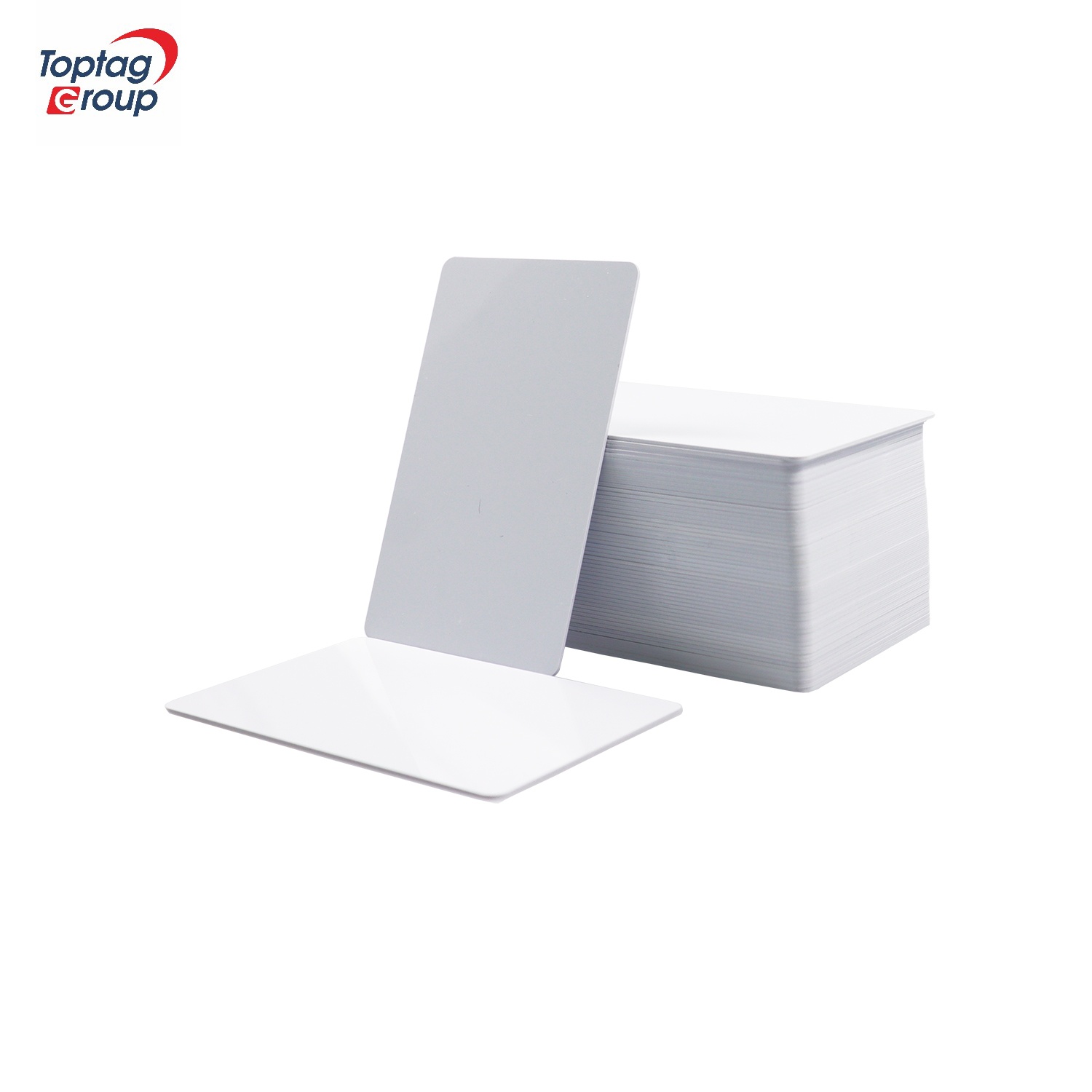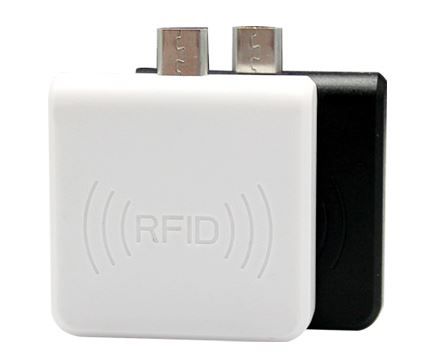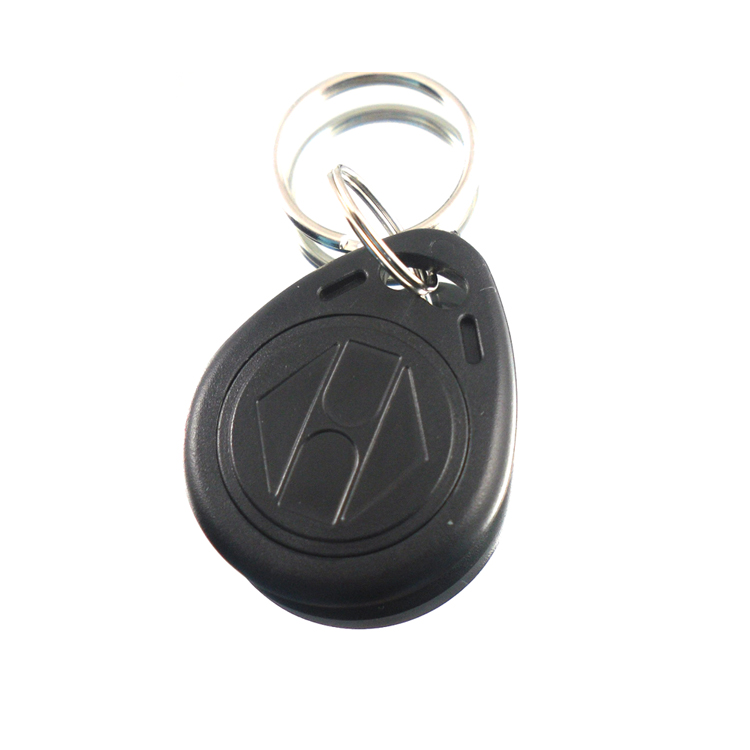RFID (Radio Frequency Identification) is a non-contact automatic identification technology that utilizes the transmission characteristics of radio frequency signals and their spatial coupling to achieve automatic identification of stationary or moving items. Radio frequency identification is often referred to as inductive electronic chips or proximity cards, inductive cards, non-contact cards, electronic tags, electronic barcodes, etc. How does RFID work?
The reader sends a certain frequency of radio frequency signals through the transmitting antenna. When the radio frequency card enters the working area of the transmitting antenna, an induced current is generated, and the energy obtained by the radio frequency card is activated; The RF card sends its own encoding and other information through the built-in transmission antenna of the card; The receiving antenna of the system receives the carrier signal sent from the RF card, which is transmitted to the reader through the antenna regulator. The reader demodulates and decodes the received signal and then sends it to the backend main system for relevant processing. The main system judges the legitimacy of the card based on logical operations, makes corresponding processing and control for different settings, and sends command signals to control the action of the executing mechanism.
In terms of coupling method (inductance electromagnetic), communication process (FDX, HDX, SEQ), data transmission method from RF card to reader (load modulation, backscatter, high-order harmonics), and frequency range, different non-contact transmission methods have fundamental differences. However, all readers are similar in functional principles and the design and construction determined by them. All readers can be simplified into two basic modules: high-frequency interface and control unit. The high-frequency interface includes a transmitter and a receiver, and its functions include: generating high-frequency transmission power to start the RF card and provide energy; Modulate the transmission signal to transmit data to the RF card: receive and demodulate high-frequency signals from the RF card. There are some differences in the high-frequency interface design of different RFID systems.
The functions of the control unit of the reader include: communicating with the application system software and executing commands sent by the application system software; Control the communication process with the RF card (master-slave principle); Encoding and decoding of signals. For some special systems, there are additional functions such as implementing anti-collision algorithms, encrypting and decrypting the data to be transmitted between the RF card and the reader, and performing identity verification between the RF card and the reader.
The reading and writing distance of an RFID system is a crucial parameter. At present, the price of long-distance radio frequency identification systems is still very expensive, so it is important to find ways to improve their reading and writing distance. The factors that affect the reading and writing distance of RF cards include antenna operating frequency, RF output power of the reader, reception sensitivity of the reader, power consumption of the RF card, O value of the antenna and resonant circuit, antenna direction, coupling degree between the reader and the RF card, as well as the energy obtained by the RF card itself and the energy used to transmit information. The read distance and write distance of most systems are different, with the write distance being approximately 40% to 80% of the read distance.
RFID technology utilizes wireless radio frequency to achieve non-contact bidirectional data transmission between the reader and the RF card, in order to achieve target recognition and data exchange. Compared with traditional barcode, magnetic card, and IC card, RF card has the characteristics of non-contact, fast reading speed, no wear and tear, unaffected by the environment, long service life, and easy use. It also has conflict prevention function and can handle multiple cards simultaneously. In foreign countries, radio frequency identification technology has been widely applied in many fields such as industrial automation, commercial automation, and transportation control management.
Related Products







